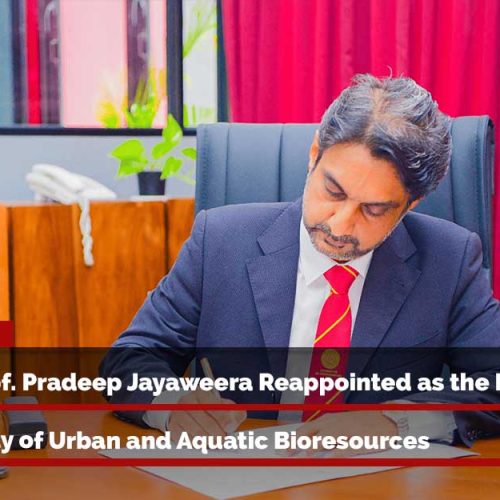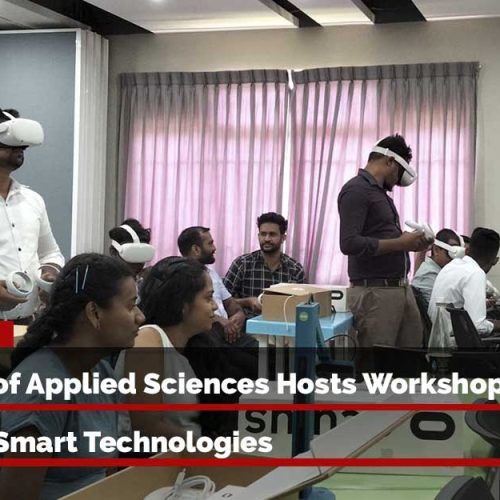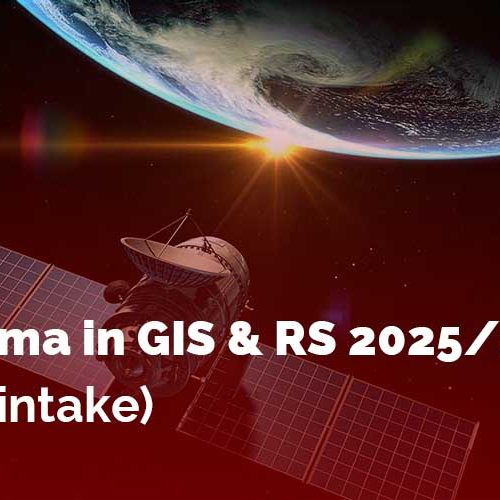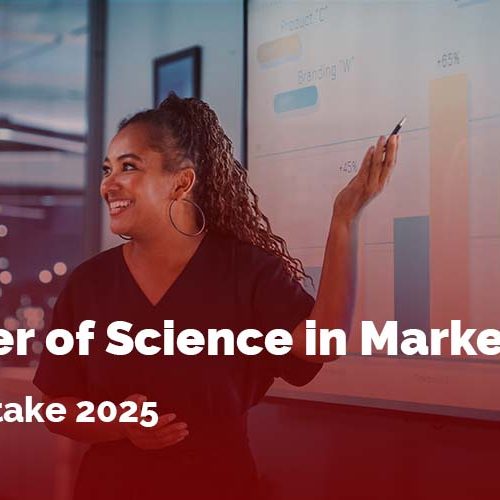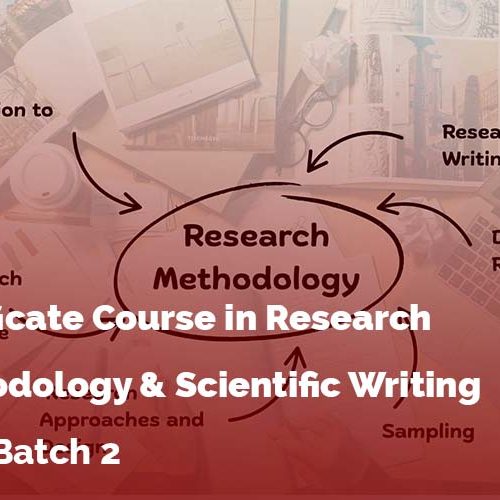Dr. Ravindra de Silva joined University of Sri Jayawardenapura after having served for 14 years at a Japanese university. After obtaining his doctorate, Dr. de Silva initiated his career at Toyota as a research fellow, and then finally becoming an assistant professor at Toyohashi University of Technology. He carried out research in diversified areas of robotics, designing and developing enormous popular robotics platforms such as social trash box robot (STB), Talking-Ally, COLUMN, NAMIDA, Sociable Dining Table (SDT), and INAMO, etc. His research currently focuses on human-robot interaction and social robotics. In fact, Dr. de Silva creates human-centric robotic applications which are facilitating the diverseness of services, assistance, and companionship for humans. The objective of this article is to provide a clear vision for developing the application areas of human-robot interaction toward innovating futuristic robotic platforms in Sri Lanka, with the outcome being totally focused on becoming a competitor in existing robotics platform in the world.
Historically, industries and researchers have exerted great efforts into developing automation machines as a robot to perform tasks more effectively than humans can do. However, the outcomes are not suitable for utilizing robots in other application areas due to lack of intelligence, communication, social interaction, collaboration and learning. The newly established areas of Human-robot interaction (HRI) and Social robotics are exerting efforts into addressing the above issues by designing robots with human capabilities such as communication, interaction and behaviour.
Do you still just imagine these kinds of robots might exist, and do you have any experience in interacting with these robots in Sri Lanka? How do you feel about BB-8 in the scientific fictional movie ‘Star Wars’? How does BB-8 communicate, behave and interact with others? A robot’s body is very different from a human’s. But BB-8’s behaviours and interactions are very much similar to those of a human or animal (showing the characteristics of animacy).
Such kinds of fictional movies have inspired and influenced the design, development and thinking behind innovative robotic platforms for society, which is why robots have recently become a part of our everyday lives, being put to work in hospitals, schools and homes.
What is human-robot interaction?
Recently, many developed countries have given the highest priority to enhancing the research area of robotics while also focusing on future trends in innovating human-centric applications. Scientific researchers are working in diverse areas of robotics fields, including mobile robot, humanoid, geminoid, human-robot interaction and social robotics. University of Moratuwa is assigned with developing a variety of autonomous robots. However, there is still a lack of courses and adequate research in the area of human-robot interactions, which is why it is that much more important to work in the area of human-robot interaction.
First, let’s take a look at the definition of human-robot interaction. The research area of human-robot interaction is a field dedicated to the understanding, designing, and evaluating of robotics platforms for use by or with humans. Therefore, the goal should be to develop autonomous social robots that can communicate with humans by using various verbal-non-verbal communication channels. Simply put, the robot should be able to use human-like interaction and communication to establish interactions in various contexts and applications. All aspects of human factors and robotics are within the scope of HRI research so far as they provide insight into how to improve our understanding of developing effective tools, protocols and systems to enhance HRI. For example, significant research efforts should be devoted to designing human-robot interface that makes it easier for people to interact with robots. The field of human-robot interaction (HRI) is a broad community encompassing robotics, artificial intelligence (AI), human-computer interaction (HCI), cognitive, psychology and social science.
What are the main issues we will develop in this area in Sri Lanka?
There are many issues we should address in this area of the field, but a few main problems are the shortage of knowledge and experience in the area.
How should those issues be solved?
We have to design/conduct six types of courses while introducing knowledge about the existing hardware, sensors, devices, resources, concepts and tools. During these courses, we have to encourage and evoke innovative ideas without asking how to develop those ideas. They are the key part of design and development. Also, we have to conduct discussions within small groups.
When students work better in groups, they grow fonder of engaging in meaningful discussions. Through the group discussions, students will be able to come up with better ideas than through individual thinking. Initially, all projects should be designed as assignments toward the gathering of resources. For example, this year if we conduct a voice recognition project, the next year we can maintain it as a resource and later develop it as a more advanced project than in the previous year.
Therefore, by using these strategies we should be able to improve the students’ background and knowledge of the field while creating more opportunities for them to interact with supervisors. At the same time, we will expose the outcome as knowledge and robotics platforms while showing application areas to motivate Sri Lankan companies to put their efforts into funding.
What will be the content courses?
As pointed out, we have to design six courses, the contents of which are as follows. In each course, we should enhance the specific content, and all of the assignments (projects) should enable considerable outcomes of the target research.
1. Introduction to microprocessors: Provide the architecture and functions to enable a broad understanding of microprocessors.
2. Designing, developing and evolution of user-interface: The course will enable students to identify the importance of developing an effective user interface according to usability requirements and principles. At the same time, student will be able to understand human cognitive states and how such users can be accommodated with evolution in technology.
3. Human-computer interaction: A user-oriented perspective will be utilized rather than system-oriented, with two thrusts: human (cognitive, social) and technological (input/output interaction styles, devices). The guidelines, evaluation methods, participatory design, and communication between users and system developers will be designed.
4. Sensor technology for interactive media: This course will provide knowledge of existing sensors to interact with our environment.
5. Advanced robotics: This will provide the concept, theory, and background about the path planning, motion generation, and grasping.
6. Human-robot interaction: Finally, in this course, all of the knowledge will combine to develop a robotic-based, human-centric application while considering the principles underlying HRI.
What type of concepts can we learn from the human-robot interaction in order to develop applications?
The primary goal of HRI is to enable robots to successfully interact with humans. As robots increasingly make their way into functional roles in everyday human environments (such as homes, schools, and hospitals), we need them to be able to interact with everyday people. Moreover, a person working with a robot should not be required to learn a new form of interaction. Thus, we need to develop computational models of social intelligence for robots that will allow them to have interactions that are natural and intuitive for a human partner. As such, we plan to provide the following knowledge for students to enable them to develop human-centric applications for the world: Social robot, anthropomorphism and design, intention, intentionality, perceiving other minds, measuring HRI, social learning, human-compatible perception, emotion and empathy, collaboration and teamwork.
How will you develop a robotic platform for Sri Lanka?
With my experience in Japan, I gained a broad knowledge and understanding of the design and development process of robotic platforms. Initially, we will anticipate working on a very unique application while selecting a necessary microprocessor, hardware, devices and sensors to be integrated as a robotic platform. And finally, we will use 3-D printer technology to make the robotic body with an attractive design.
How will this knowledge be useful for Sri Lankan companies?
Code writing skills are still insufficient in order to create/develop innovative products. That is why many Sri Lankan companies are obtaining help from IT consultants from the outside. Most companies are now developing products for foreign countries and those countries are creating innovative products for the world.
To develop these inventive products, employers should possess a broad knowledge of interactive design, psychology and cognition (to guess a user’s mind), minimalist design concepts, concept of UI/UX, microprocessor, nanotechnologies, sensors, devices, and a vision-based camera system. Therefore, those courses should provide extensive knowledge in the aforementioned areas, while at the same time enable students to gain experience with innovative ideas and product development through well designed projects.
Article extracted from Daily News


